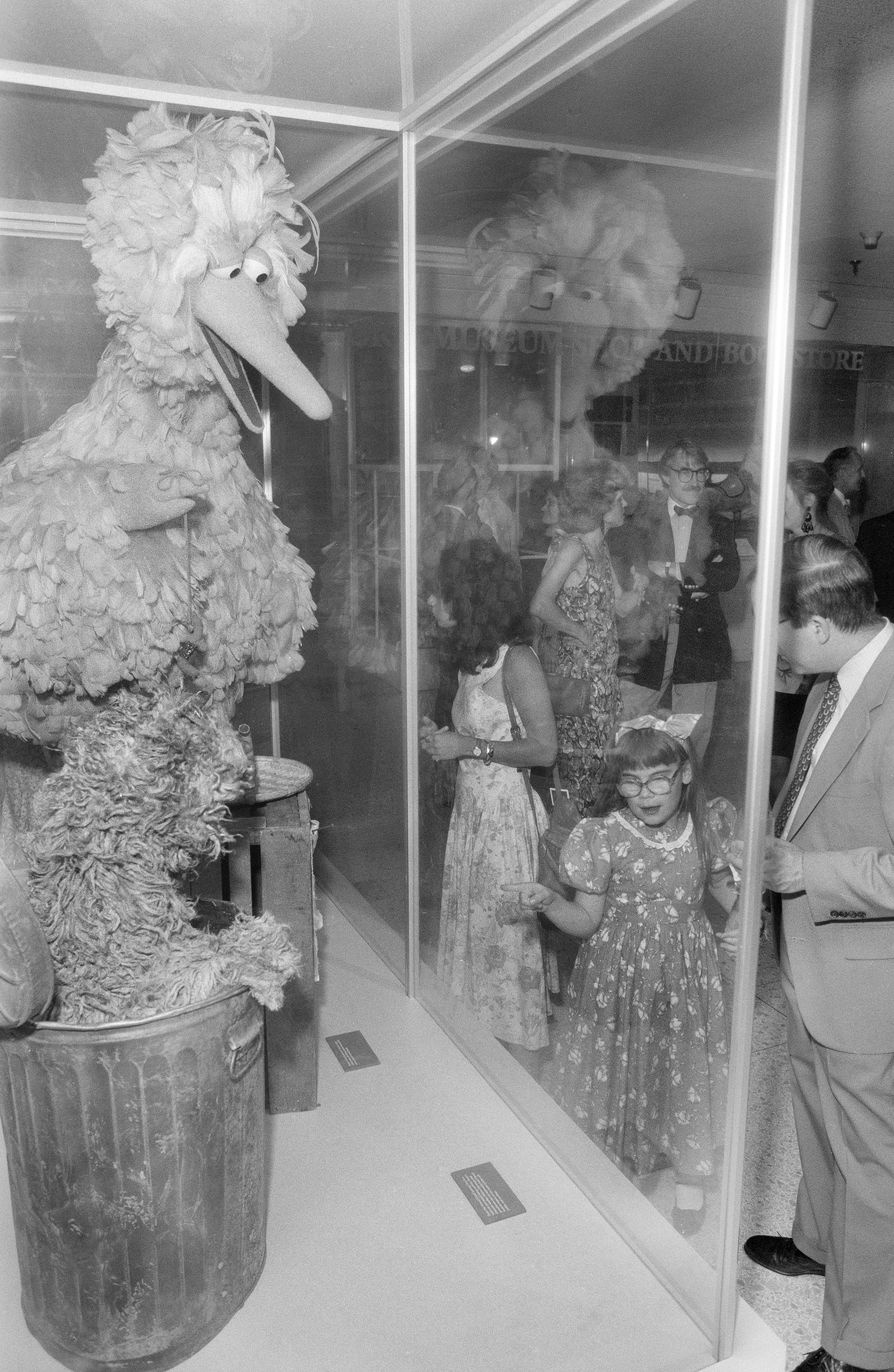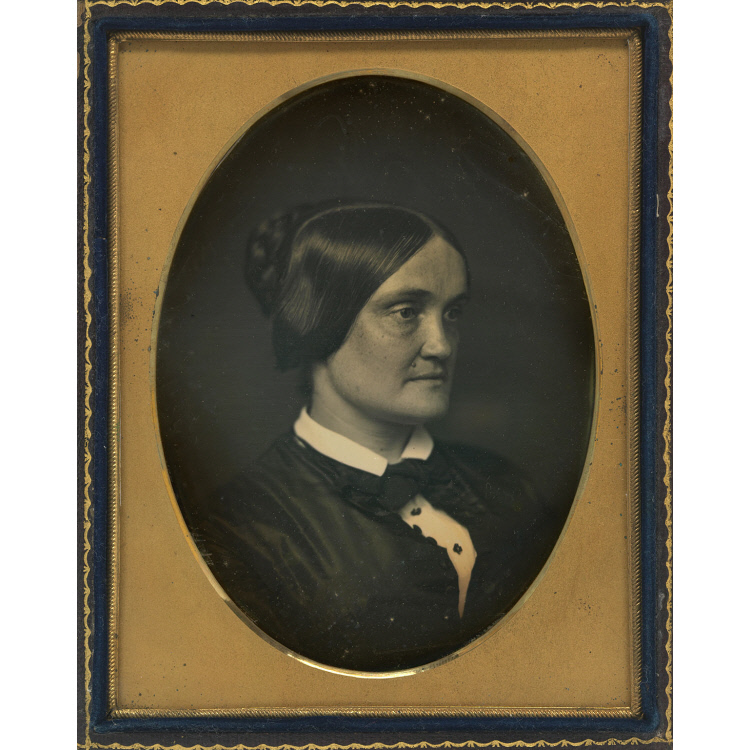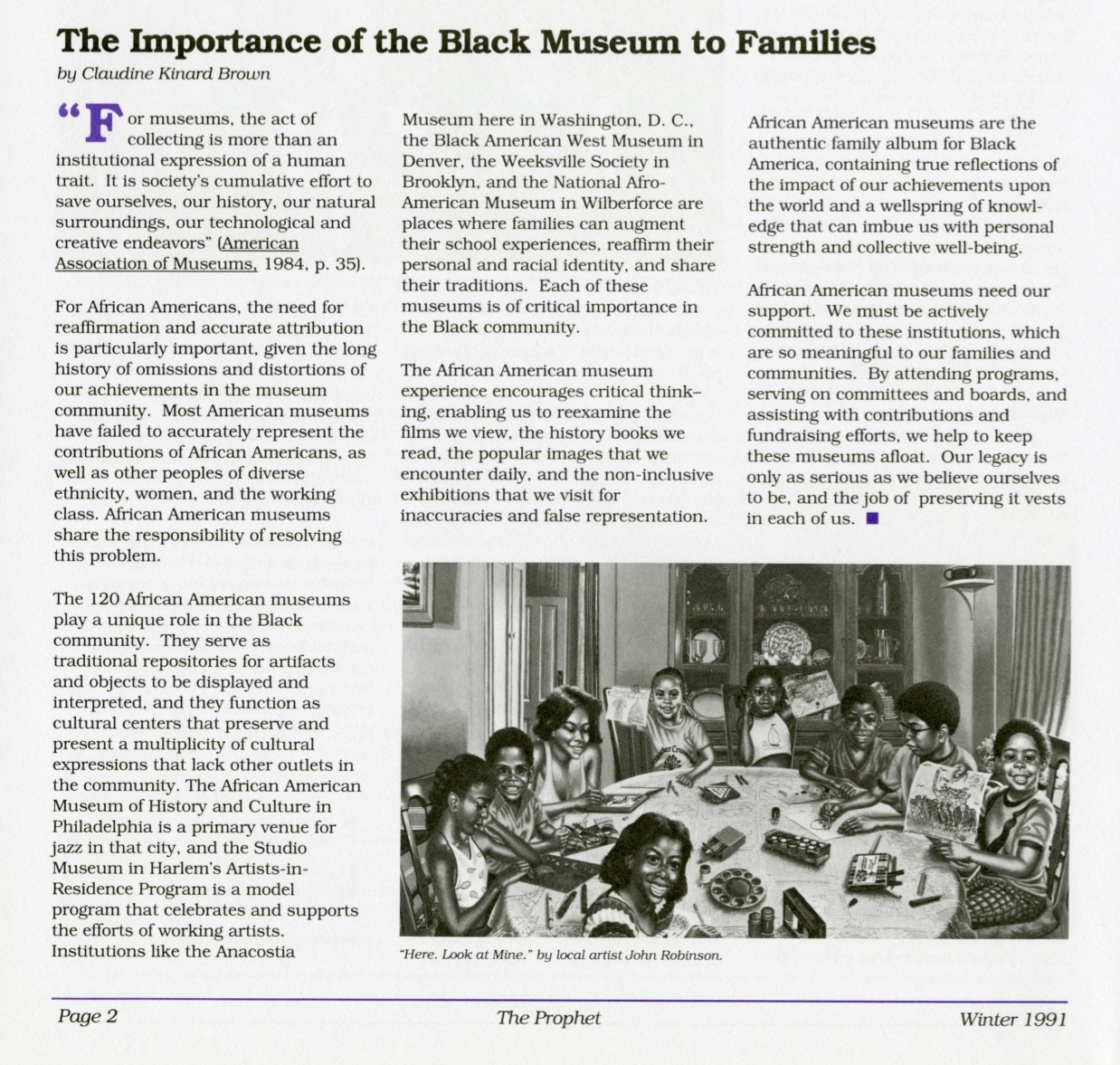Results for "Smithsonian Institution. Office of International and Environmental Programs"

Another Year of Collecting Online History
- Date: March 31, 2022
- Creator: Lynda Schmitz Fuhrig
- Description: Changing museum hours and new websites meant another busy year for Smithsonian website archiving.

Can you tell me how to get to Sesame Street? It's at the Smithsonian!
- Date: June 1, 2017
- Creator: Hillary Brady
- Description: Take a trip back to Sesame Street and the Smithsonian's ten year exhibition about the show in 1979.
- Blog Post
The Time Has Come
- Date: February 8, 2011
- Creator: Tammy L. Peters
- Description: [caption id="attachment_11359" align="aligncenter" width="368" caption="Freelon Adjaye Bond/SmithGroup Design for the Smithsonian's National Museum of African American History and Culture (NMAAHC), Courtesy NMAAHC."][/caption] The Smithsonian Institution Archives will be celebrating African American History Month throughout February with a series of related posts on THE BIGGER
- Blog Post
Science Service, Up Close: Of Princes, Princesses, and Science
- Date: June 12, 2018
- Creator: Marcel Chotkowski LaFollette
- Description: As editor E. E. Slosson began setting up the Science Service news office, his mail was flooded with inquiries from potential contributors. Writers and photographers described their accomplishments and submitted samples of their work. One such letter, from Albert Harlingue on April 13, 1921, must have piqued Slosson’s interest, for it coincided with the Washington visit of “a

Hot Topix in Archival Research, Spring 2018
- Date: May 22, 2018
- Creator: Deborah Shapiro
- Description: This is the latest post in our "Hot Topix" series. In each quarterly edition we show you what the reference team has been up to, and bring you some of the more notable inuqires we have received.Vicarious research is one of the great joys of the reference desk at the Smithsonian Institution Archives. From our front-row (well, only-row) seat outside the reading room, we catch

Hot Topics in Archival Research
- Date: June 10, 2014
- Creator: Mary Markey
- Description: Quarterly post on research at the Smithsonian Institution Archives.
Staff Matters: Meet Our New Additions
- Date: June 30, 2015
- Creator: Mitch Toda
- Description: An introduction to our new Preservation Coordinator, Alison Reppert Gerber.
- Blog Post
June 9 is Ask Archivists Day
- Date: June 6, 2011
- Creator: Catherine Shteynberg
- Description: June the 9th is AskArchivists Day: a day organized by the International Council on Archives to encourage you to ask professional archivists all over the world all of those burning questions about about their profession and about the collections in archives you've always wanted answered.[caption id="" align="aligncenter" width="384" caption="The Smithsonian Institution

Where Will This Lead? Exhibits, Zoos and Video-dating
- Date: January 14, 2020
- Creator: Ricc Ferrante
- Description: Investigating digital files from the 1980s turns up software that let people play matchmaker–for endangered species. Let’s see where this leads.

Remembering the Work of Claudine K. Brown
- Date: March 23, 2021
- Creator: Emily Niekrasz
- Description: In a 1991 issue of the Prophet, the Smithsonian African American Association’s newsletter, Claudine Kinard Brown called on staff to support Black museums across the country.

Link Love: 6/9/2017
- Date: June 9, 2017
- Creator: Effie Kapsalis
- Description: Ouch — the Society of Women Engineers has a collection of rejection letters sent to women attempting to gain entry to engineering programs. [via Atlantic]A new discovery of 300,000 year old remains of Homo sapiens shows that our species evolved in multiple locations on the African continent. [via NY Times]iNaturalist.org is launching an app that will help you identify plants

#AskAnArchivist 2020: Sharing From Home
- Date: October 8, 2020
- Creator: Emily Niekrasz
- Description: You asked. We answered. On October 7, 2020, six Archives staff members were excited and ready to answer questions on Twitter and Instagram for #AskAnArchivist Day.
